We hope you are staying safe and connected, despite social distancing. We returned to America a few weeks ago! We feel very grateful for our timing and, like you, are now hunkered down, weathering the Coronavirus storm (and looking for jobs). We were able to reunite with a few family members before social distancing took force (see below), and are staying in touch with others through frequent Facetime calls.

This is an update on our last few weeks in Australia, the final international phase of our gap year adventure. (In case you missed it, our time in Melbourne and Tasmania is documented here.)
We hope these stories and pictures provide you a brief break from the endless pandemic news coverage and the uncertainty we’re all facing.
THE VAST, UNPAVED LAND OF OZ
Australia is the same size and shape as the US–it just has 90% fewer people. Wrap your head around that for a second. Imagine a United States where there is virtually nobody in the interior!
One thing we noticed as soon as we left the sprawl of Australia’s few big cities is that MANY roads are unpaved (even the ones that connect major tourist destinations and national parks). This surprised us in such a developed country. Someone we met at a small-town country music festival (more on this later) offered a succinct explanation for why this was the case: “How do you pay for your roads in America? Tax dollars. Here we have less people, less tax dollars, and the same space. Not enough money to pave the roads.”
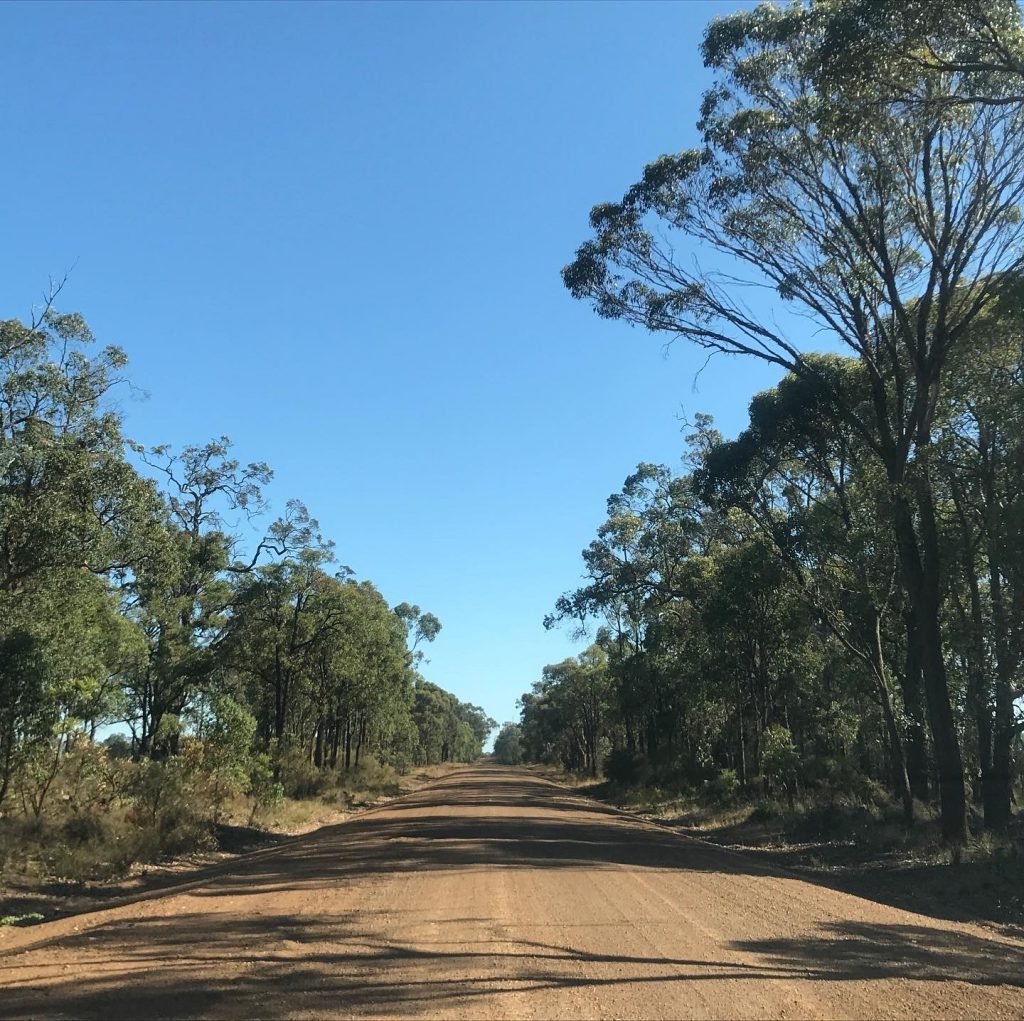
ON THE FRINGE IN PERTH
After our roadtrip in Tasmania, we flew over the sparsely populated interior to arrive in Perth: literally the most distant city in the world from our journey’s starting point in NYC.
Mica decided that Perth seemed like a lovely place to retire. Its miles of waterfront are lined with green parks and running paths, and the shiny downtown looks like it was unwrapped from its box yesterday. We were lucky to be in Perth during its Fringe Festival (one of the world’s largest), and enjoyed diverse performances ranging from acrobatics to stand-up comedy. Oddly, MANY of the tents and vendors came from Holland which apparently has a more robust, well-established festival scene than Australia. Who knew? We learned more about Australia’s history as a convict settlement and toured the bohemian streets and breweries in Fremantle.
Unfortunately, Perth was also the first place in Australia where we confronted the problem of Aboriginal homelessness. Large groups of Aboriginal people congregated in make-shift camps in city parks, a vestige of the country’s recent and savage treatment of its original inhabitants.
While we didn’t visit the truly remote areas of Northern Territory or South Australia, we set out from Perth for a roadtrip in the less-visited region of Southwest Australia. This beguiling area south of Perth is subtly beautiful and filled with wine, forests, and endless remote coastline. We had a general route we wanted to take and some sights we wanted to see, but we were mostly planning to just poke around for a week, camp out a lot, and enjoy the drive.
TOUR THROUGH THE CURRENT STATE OF AUSTRALIAN HISTORY
Our first stop was the unassuming town of Bunbury. We went there to meet Troy, an Aboriginal man who has spent his life saving, celebrating, and sharing his tribal heritage through the creation of public art projects. (Below is a picture of Troy next to one of his street murals.)
For the next 2+ hours we walked with Troy through a reclaimed burial ground for his people that he had campaigned for and designed. We could see how he was fighting to conserve a sliver of space for his people’s history in an area that otherwise looked like any other suburban shopping street. Peppering his tour with words in Noongar, he “yarned” to us fluidly about his experiences: about requesting time off for traditional funerary practices as the first Aboriginal employee in local government, about his mother’s forced childhood removal to a mission (their word for reservation), about relatives who were light-skinned enough to pass as white so they branched off from the rest of the family, about his efforts to have Aboriginal languages recognized and preserved after integration began…
In this intensely personal, local, historical journey we learned about the myriad devastating effects the racist segregation policies had on his family. It was a powerful reminder of the depth of trauma the Aboriginals faced and how recent and ongoing so much of it is. Troy ended by playing the didgeridoo for us, and we walked away mourning how much language, history, and culture has already been lost despite his attempts at preservation.
Overwhelmed, we stopped for a glimpse of the longest jetty in the world in the town of Busselton before pulling into our campsite in the wine region of Margaret River.
WINE AND SURF IN MARGARET RIVER
In Margaret River, we camped for two nights on an eco-friendly permaculture farm. As we knew our trip was ending, we were determined to not try and do too much, however “chilling” is kind of a challenging task for us.
Victor woke up early and ran through the farm surprising mobs of wild kangaroos who bounded off into the surrounding woods, some jumping 4 foot high fences like it was nothing. We spent the morning driving the winding roads of this region’s rugged coast where we passed miles of pristine, empty beaches. On some, waves that had traveled thousands of miles ripped into the shore, but others were peaceful, protected by rocky headlands. After a bit of exploring, we convinced ourselves that it was late enough for the main goal of the day: visiting some of the wineries that make Margaret River famous. Our first stop, Peacetree Vineyards provided a wonderful intro to the Chardonnay and Cabernet Sauvignon the region is known for. Between moseying to two more vineyards we stopped at a local chocolate factory and a homemade ice cream shop. (This is a region built for poking around.)
We closed our day of “doing nothing” with a long beach walk to watch local surfers rip treacherous 7+ foot waves.
The next day Mica spent a morning having a surf lesson in smaller, but still powerful waves while Victor went caving. We left Margaret River (via another vineyard) and wound our way down the aforementioned dirt roads to swim in a fresh water river–don’t worry, no crocodiles in this region–before setting up camp on another river bank further down our route.
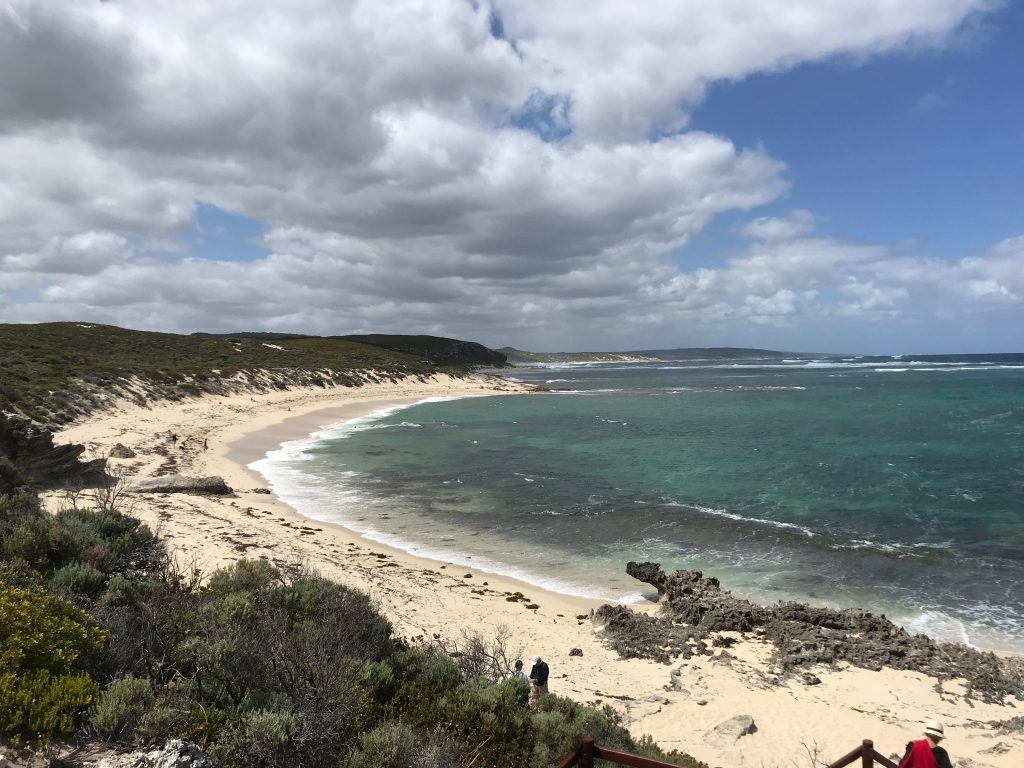
CLIMBING GIANT TREES
Our days on this roadtrip developed a similar rhythm: find a swimming hole, meander through a region’s lone town for a meat pie, and poke to nearby attractions.
In the area around the towns of Pemberton and Denmark, the attractions are all about the trees. They aren’t as big as sequoias in overall size, but the karri and tingle trees are truly majestic…and they let you climb them!
When you don’t have coffee at hand, we suggest starting your day by finding a 70 meter tall tree and climbing to the top. As we scampered up the iron rods that circled around the trunk of the Dave Evans BiCentennial Tree and the Gloucester Tree (formerly used as firetowers) our adrenaline spiked and we were amazed that this was even allowed. We literally just drove up and started climbing–no paperwork, no ranger, no safety gear: just the tree and a warning telling you not to be stupid with your own life.
We also enjoyed a tree top walk in the “Valley of Giants” (a very cool engineering feat that allows you to walk amongst the branches of the enormous tingle trees).
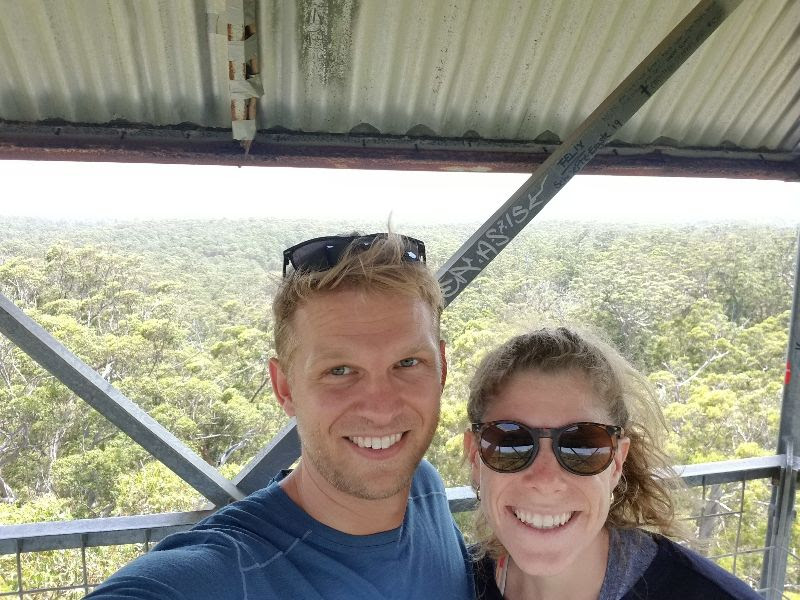
FROM BIG TREES TO BIG COAST IN ALBANY
By this point the region’s charm and languid pace had slowly seeped into us. There were places to be but no timeline to get there. What few cars we did see passed us as we drove at or below the speed limit. It was a refreshing twist to be in a charming place where nothing felt like a “must do.” Near the town of Denmark we visited a meadery, a cheese farm, and the amazing Singlefile Winery before ending the day in the regional center of Albany.
In Albany, we took an epic 13 kilometer out-and-back hike to Bald Head, a prominent granite promontory jutting into the ocean. Bald Head is almost the most Southern tip of mainland Australia and the trail is suitably majestic as it hugs a narrow ridge. For kilometer after kilometer wild ocean framed us on one side and calm pristine beach tempted us on the other (both were inaccessible).
We rewarded ourselves with the best fish and chips we’ve ever had, served up by an Aussie/American husband and wife team who guided us through our choice of local sustainable fish, preparation methods, and sauces.
Albany was our furthest destination of this roadtrip, and from there we turned inland (to cross an even more remote area) on our few days’ drive back to Perth.
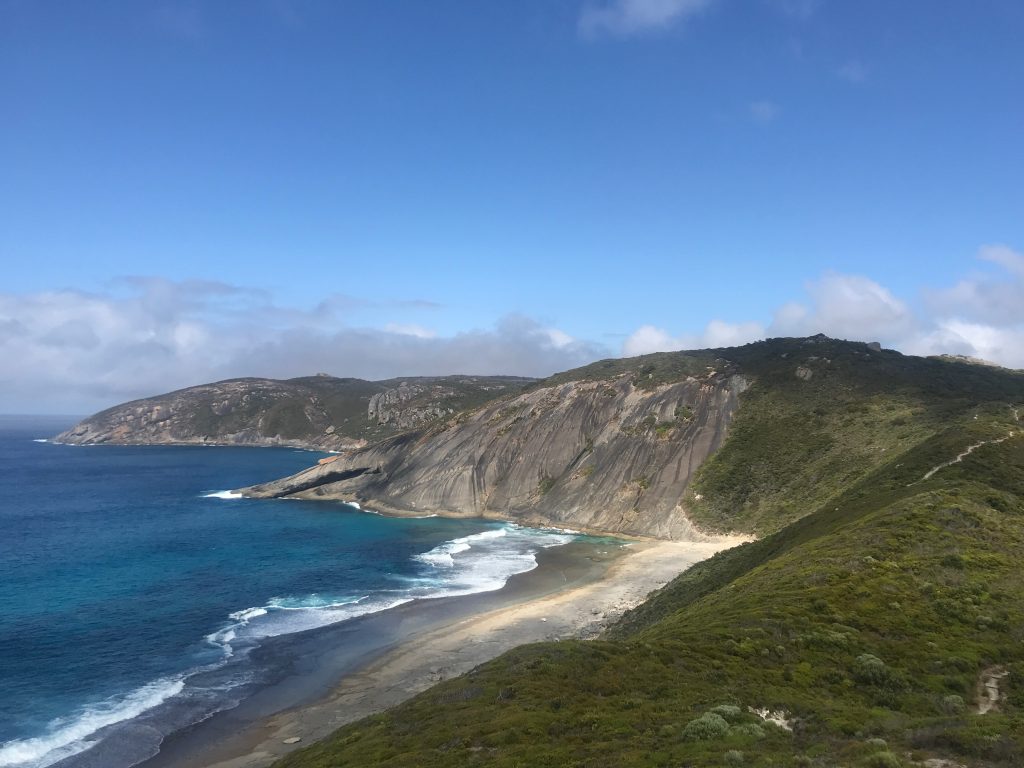
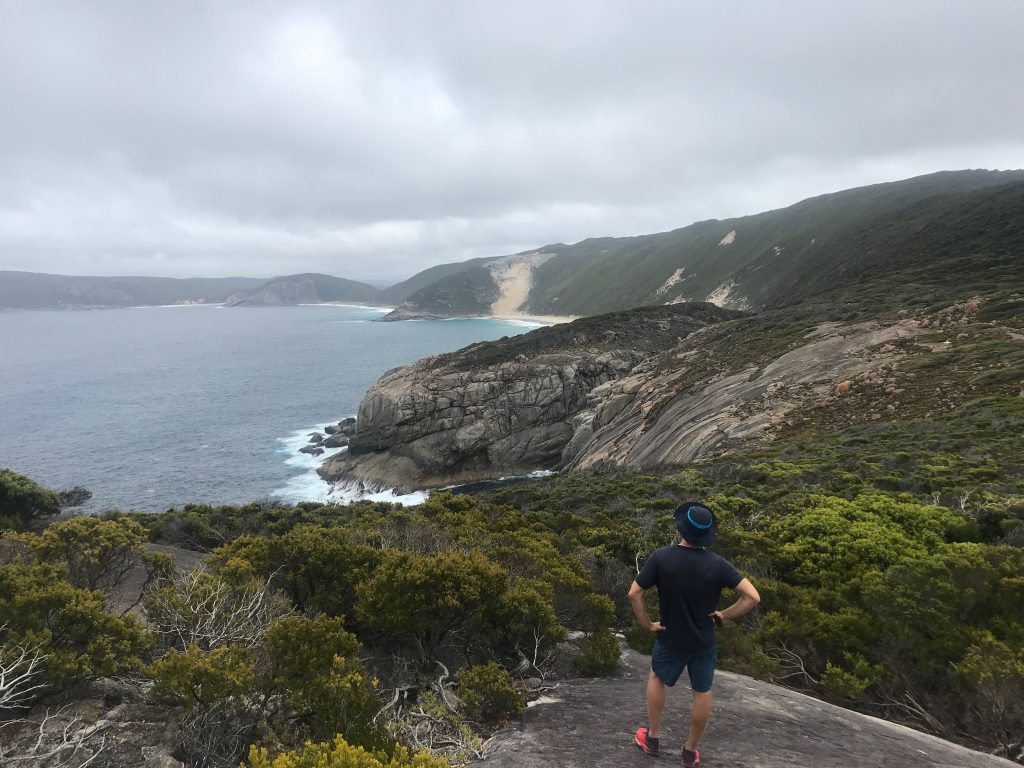
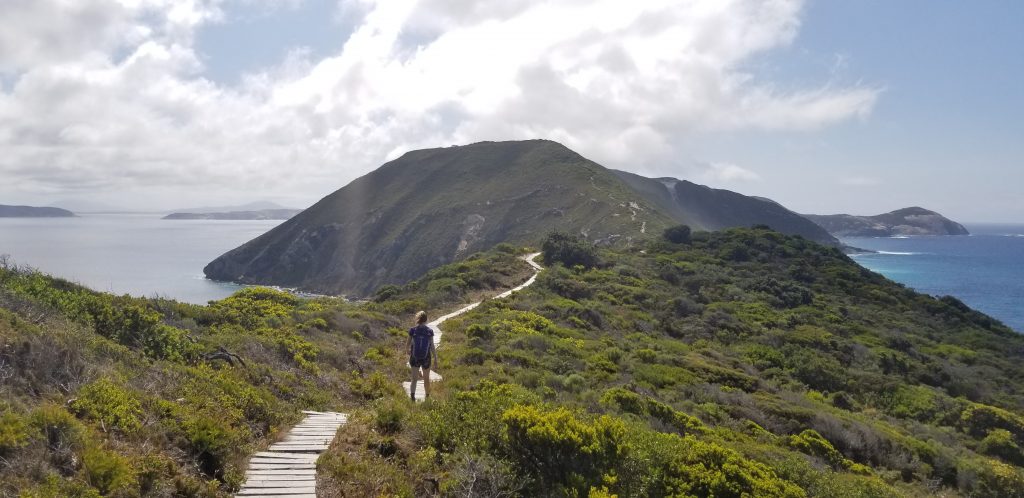
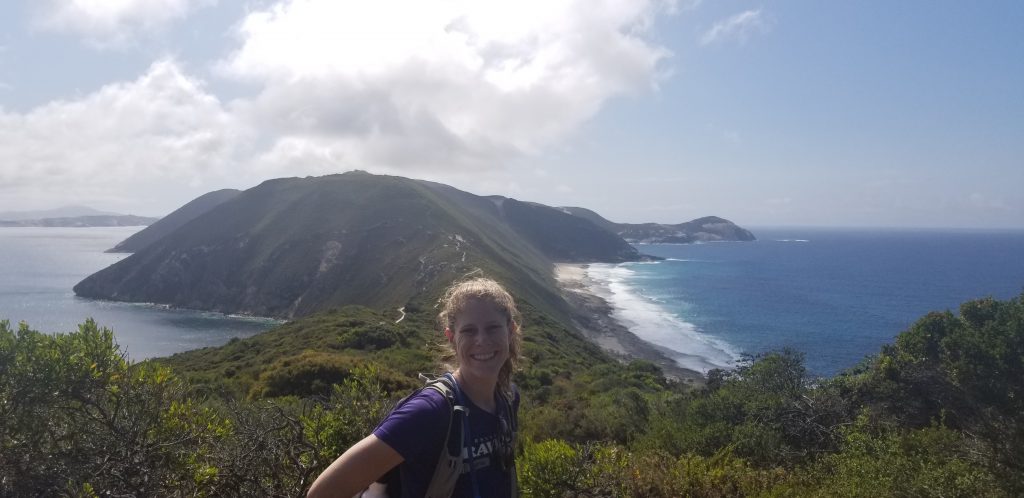
SUNSET AND STARS OVER LAKE PORONGORUP
Sometimes the highlight of a trip comes where you least expect it. That was certainly the case for unmarked and never discussed Lake Porongorup. This inland lake is in the middle of nowhere, on the road to nowhere, and appears to rarely be visited.
But one map indicated there was a campground there so, after a day hike on the Granite Skywalk through rain and rainbows, off we went. There was nothing there, so we just drove onto the lakebed and picked a spot to camp. It was, like so much of SW Australia, glorious and empty. We sat on the beach for hours watching the sun set, drinking wine, and then watching the stars come out. For the first time, we could clearly see Taurus and dozens of other constellations, giving us a new appreciation for our learning that New Zealand’s Maori people view the sky as an ocean of light.
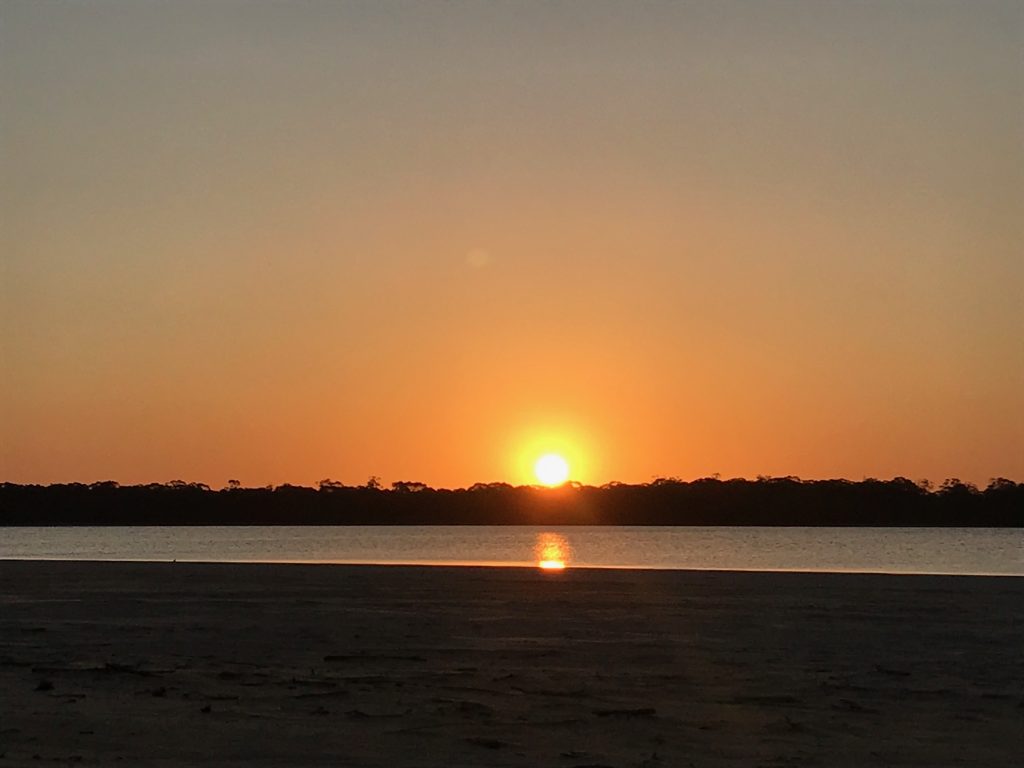
GETTING OUR COUNTRY ON
Earlier on this roadtrip we saw an ad for a major regional event: the 35th annual Boyup Brook Country Music Festival. As Mica is a big country music fan, we had nothing better to do, and Boyup Brook happened to lie smack in the middle of our long, empty drive back to Perth we thought, why not?! So, as the temperature ticked to a sweltering 97 degrees, we pulled into the microscopic town of Boyup Brook. The town has no hotels, so the 2,000 retirees and truck enthusiasts who attend this annual event all camp out in various places around town like the tennis club, high school, or church backyard.
We participated in a whole day of country fun, from the Ute and Truck parade to the warm up acts to the real talent late in the evening. (NOTE: a ute is an Aussie name for a sedan that has a flat-bed attached…these are apparently quite popular.)
We looked at the lineup of musicians in advance and listened to some of their songs on the drive over, so we were thrilled when one performer asked who had heard her new album on Spotify. Since the crowd was largely rural folks over 65 and certainly not big users of Spotify, Mica’s was the ONLY hand in the air. The artist pointed at her and responded: “Well, at least there’s one.” (Mica got her autograph after the show.)
We loved experiencing Boyup Brook’s pride in their regional “celebrities,” range of Aussie country hits (“Beauty is in the eye of the Beer-holder” was a particular favorite), and reverence for the greats of American country music. (There was a very good Johnny Cash cover band!)
This experience proved that you never know what you’ll find on a roadtrip and that country music really has fans all over the world.
PORT DOUGLAS AND THE GREAT BARRIER REEF
Flying from southwest Australia to Port Douglas is like traveling from central California to Miami. We traversed the whole country and went from baking in the dry desert to sweating in tropical humidity.
But this is what you do for a major bucket list item like the Great Barrier Reef!
We were joined in Port Douglas by Mica’s friend Hannah, who was avoiding returning to her home in Shanghai. She had left the country on vacation before the Coronavirus outbreak, but now her office was closed and there was a strictly enforced quarantine so she was skipping around to different countries in the region, ticking off her own bucket list until she could safely return home.
We spent 2 days on the reef, diving (Victor) and snorkeling (Mica) among enormous technicolor clams the size of dishwashers, 3 types of reef sharks, fluorescent coral, and fish of every color and size. We only learned the names of a fraction of the fish we saw, but definitely got up close and personal with triggerfish, Moorish idols, butterflyflish, and many more! While the health of the reef is of course declining rapidly, it was still incredible to see a tiny slice of such a vast ocean ecosystem and the coral was the most vibrant and varied we’d ever seen.
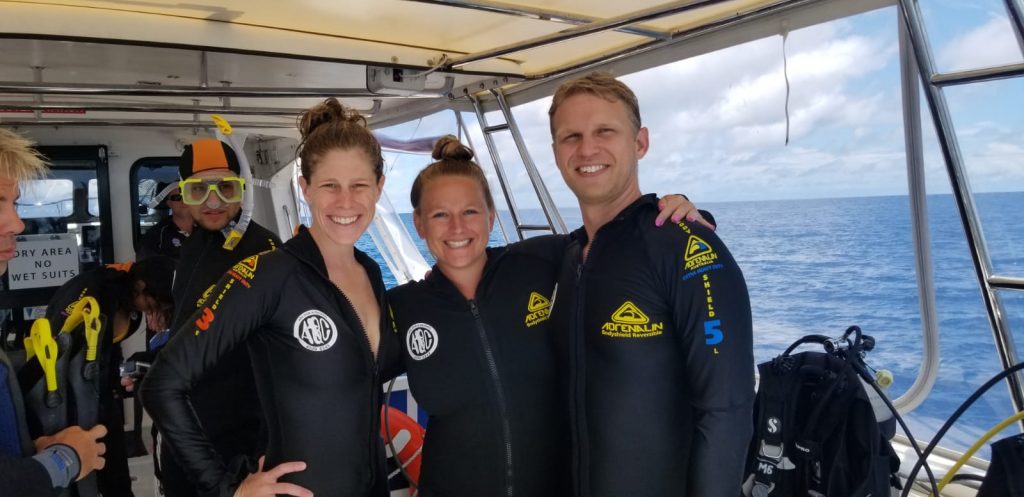
Because swimming off the beach was forbidden due to ocean crocodiles and deadly jellyfish, we visited a crocodile and koala sanctuary on our last day in the region. So many of Australia’s unique animals suffered in the recent bushfires, so it was such a moving experience to hold the sleepy koalas and say a little prayer for their survival.
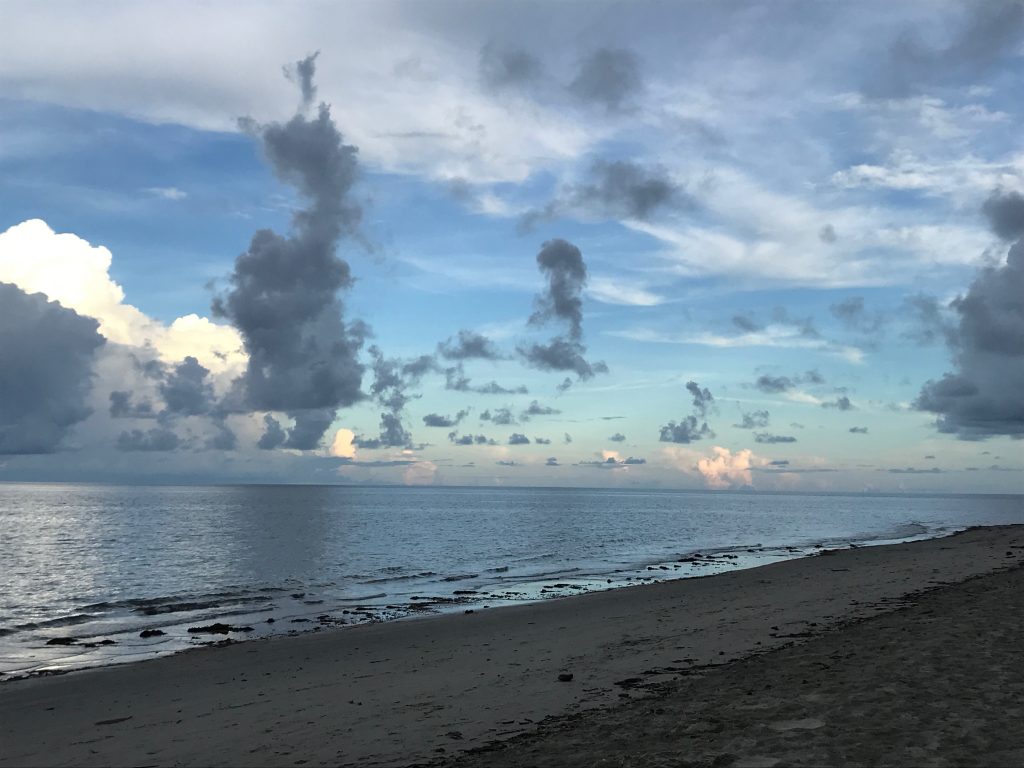
Our final stop of the trip was Sydney. We only spent a few days in the massive metropolis, but were very moved by our first glimpse of the Opera House. Those white sails had always been a symbol to us of lands far away, and it was a sign of all the miles we traveled to be standing on the harbor in front of them.
SYDNEY: THE EMBLEM OF THE OTHER SIDE OF THE WORLD
We spent our time in Sydney with Hannah (still fleeing the initial spread of COVID in China) and Victor’s friend Cam (whose own gap year of travel intersected with ours several times). We took the subway to Bronte Beach, watched surfers as we walked the coastal path to Bondi, and ended the outing with an outdoor film under the stars.
In all, we spent our time in Australia trying to soak in our last days in a foreign country.
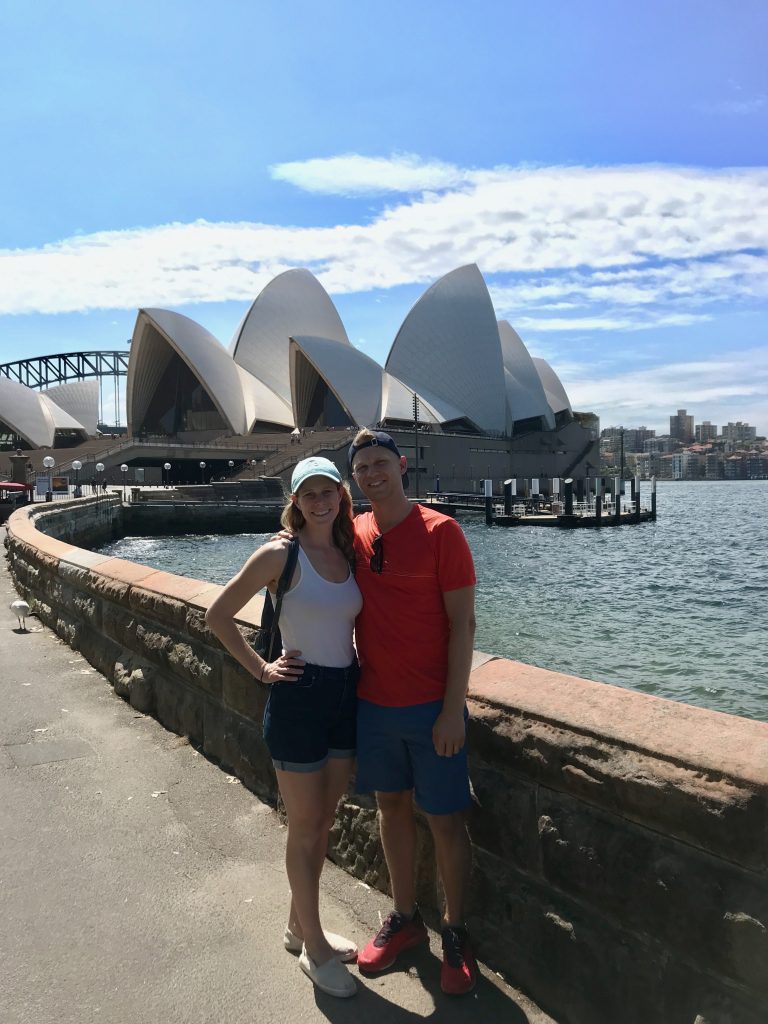

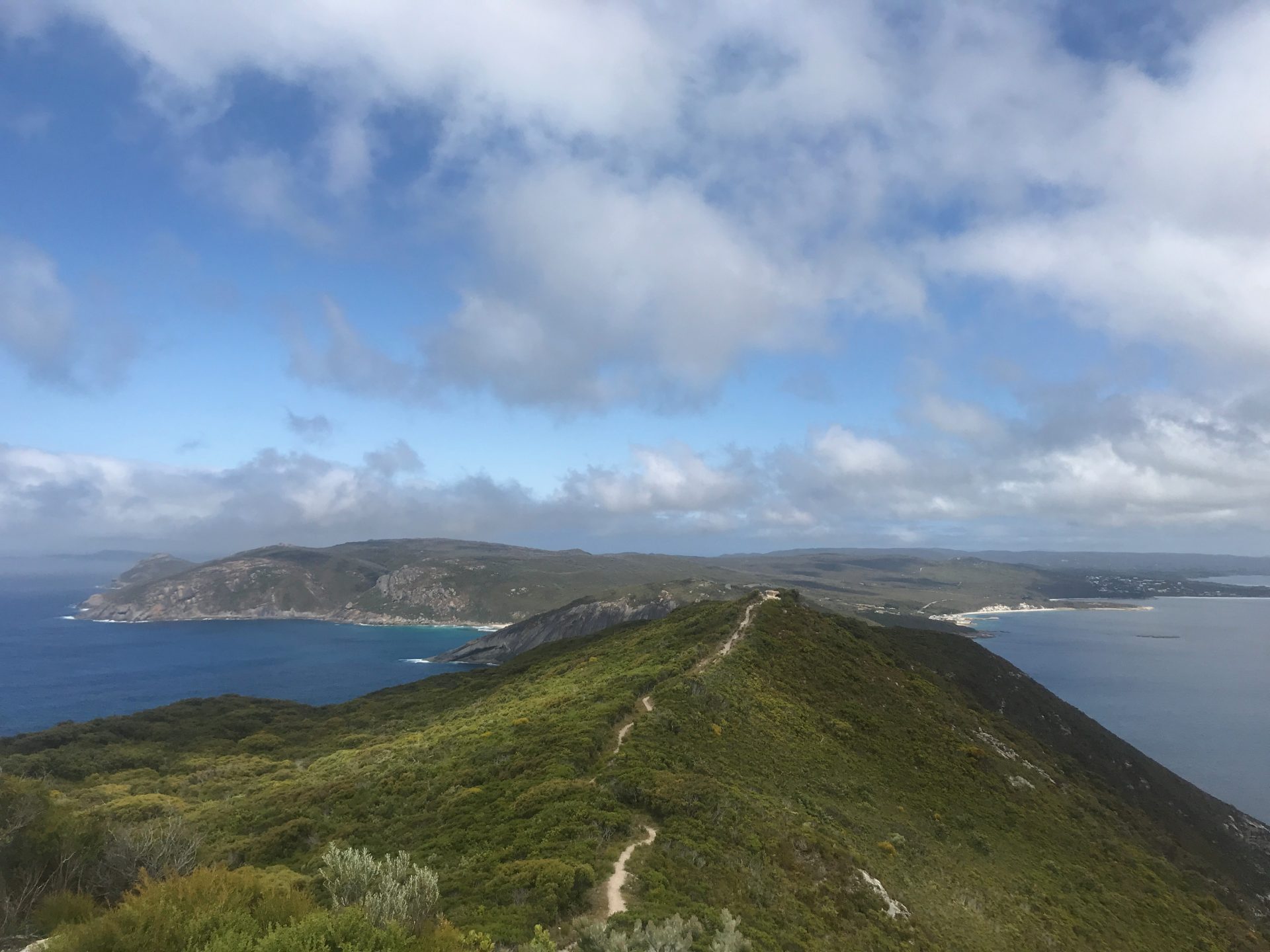


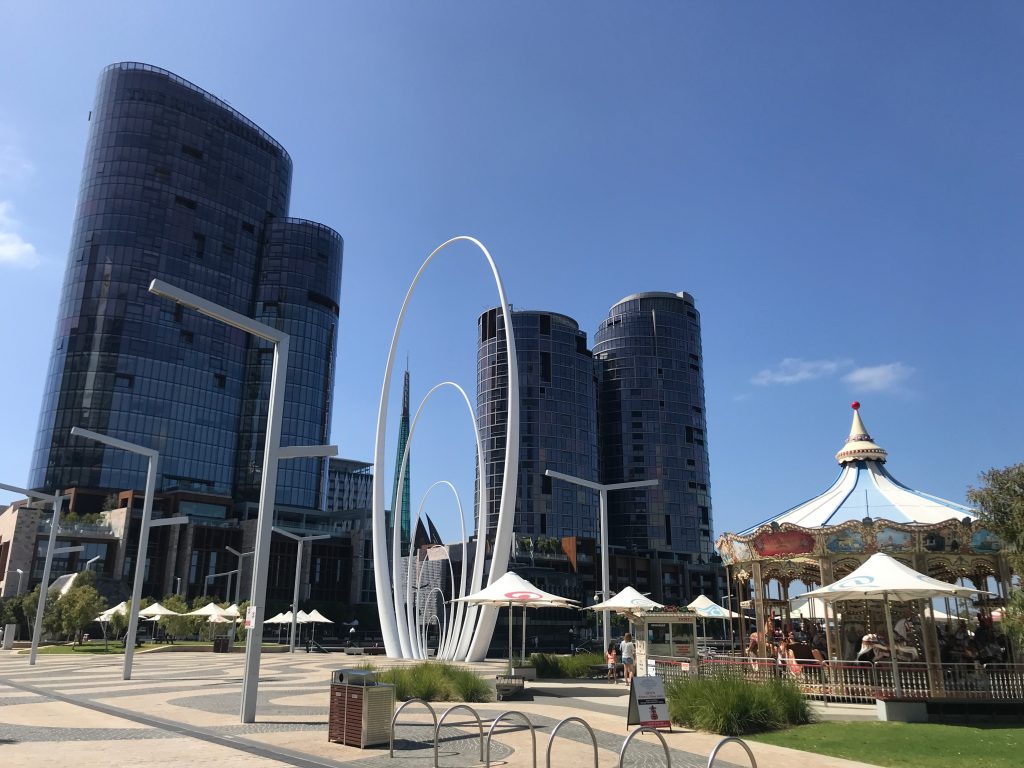
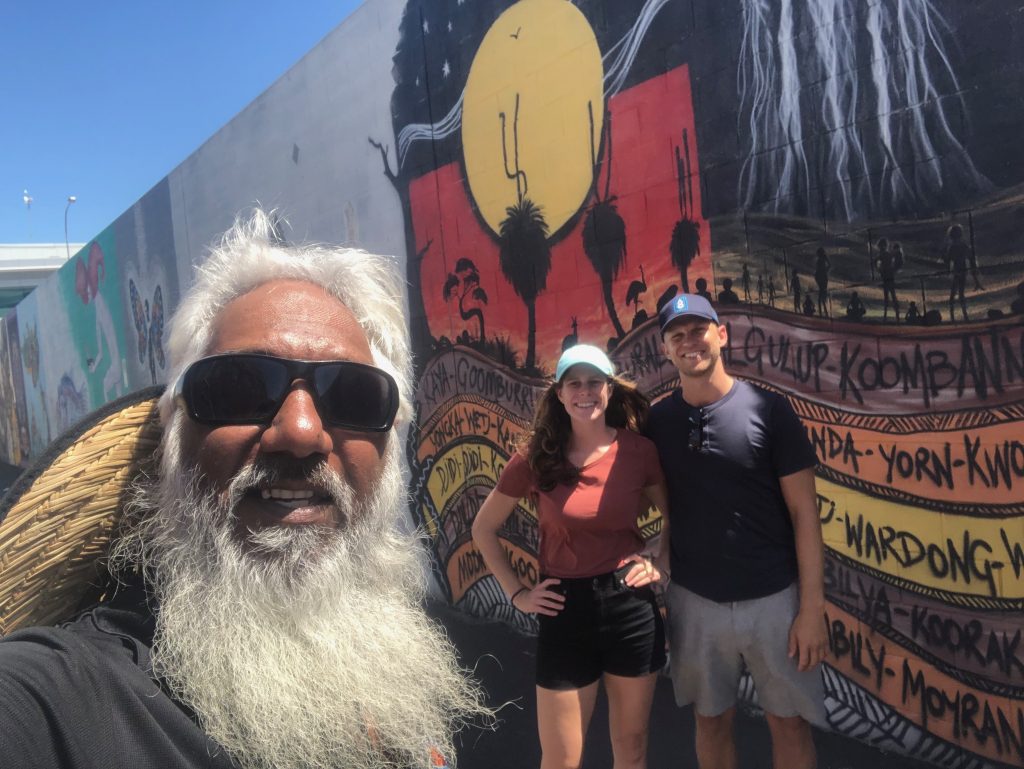
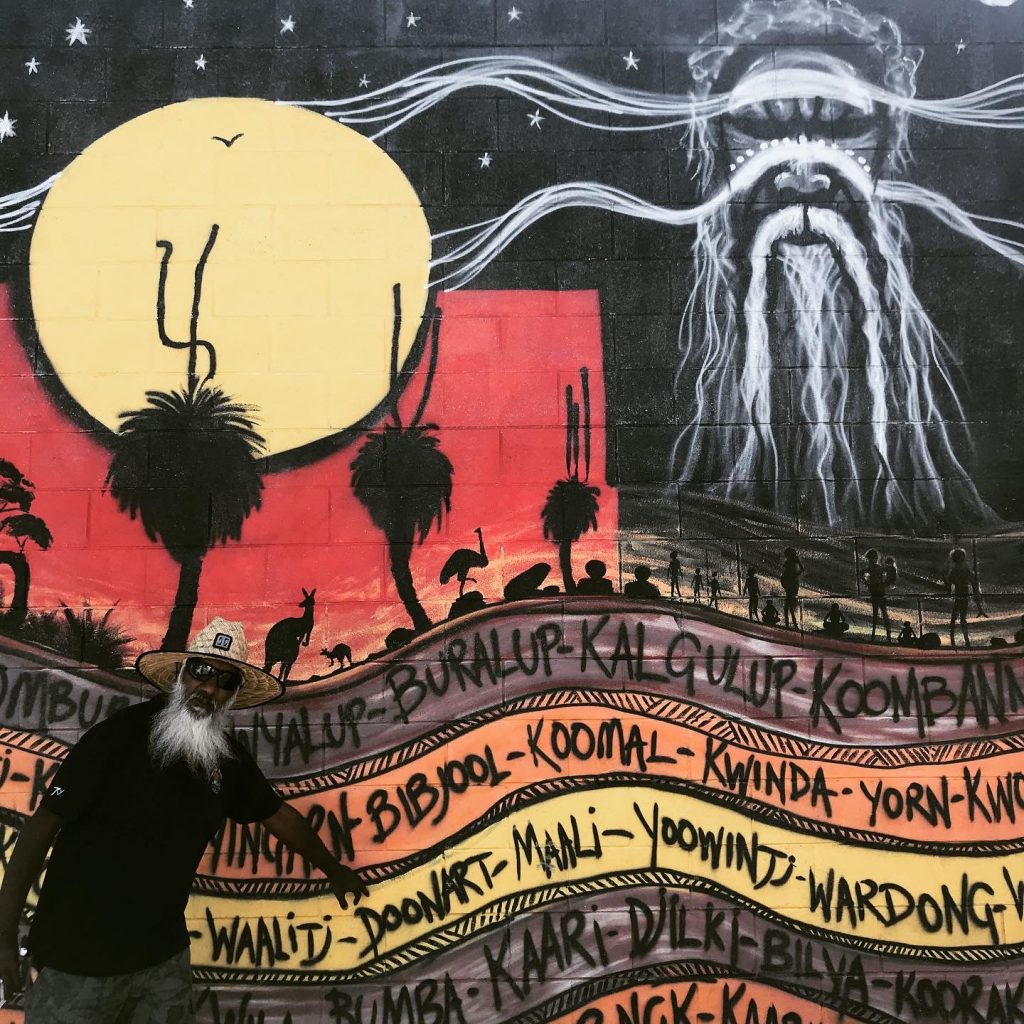
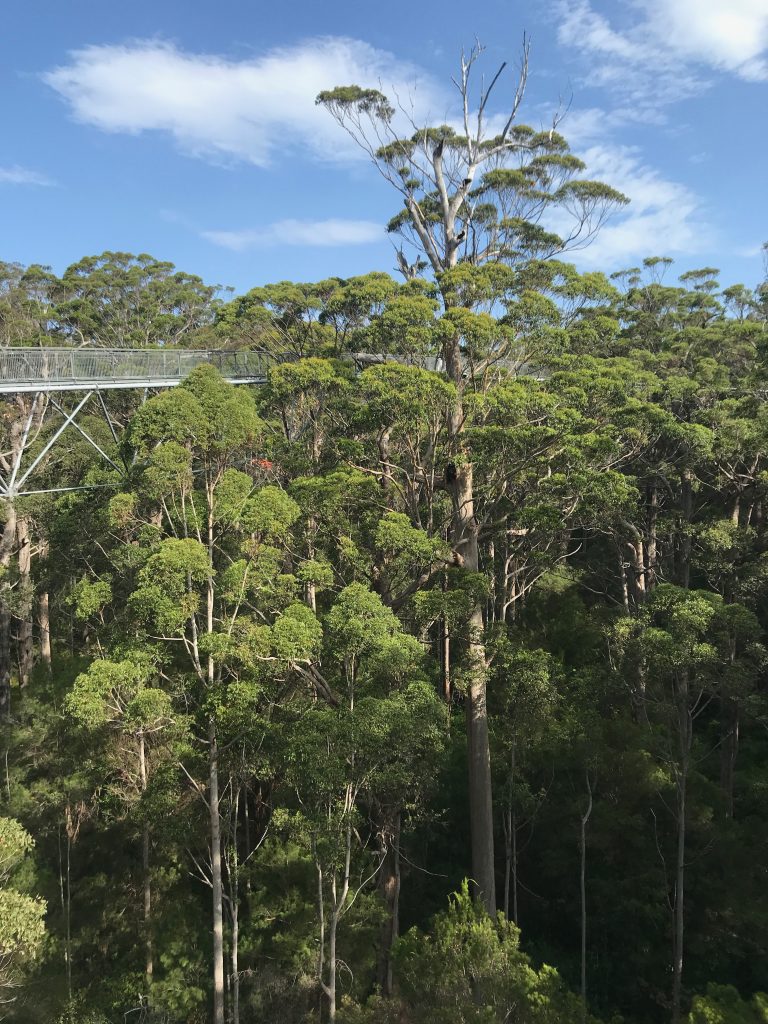
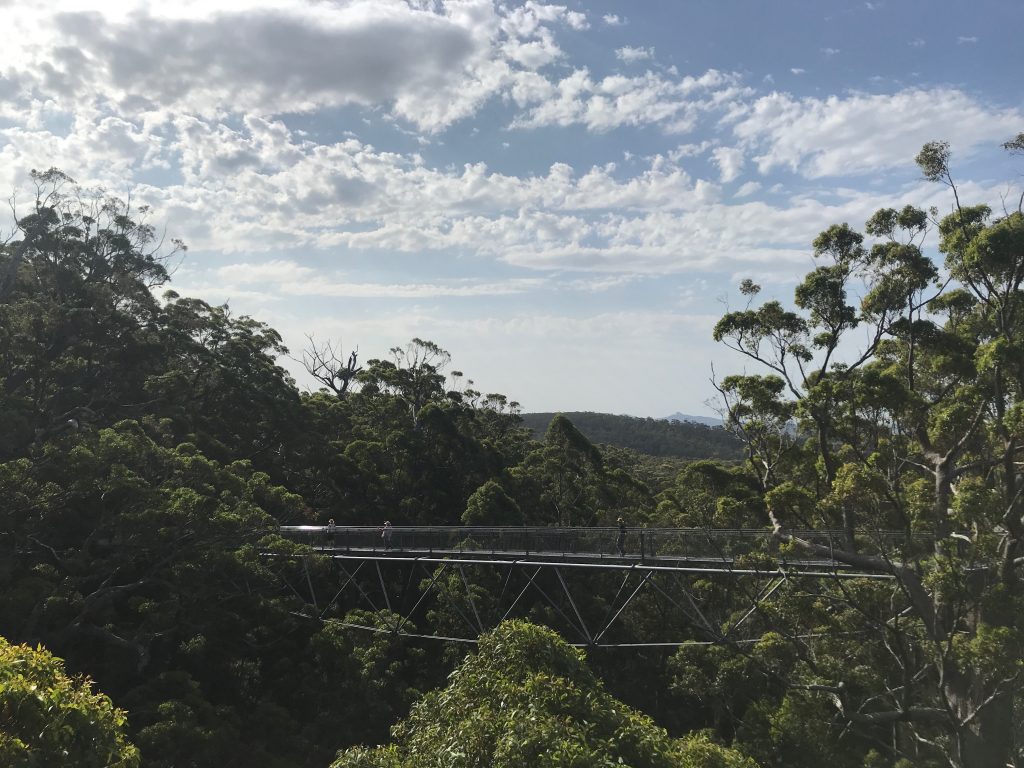
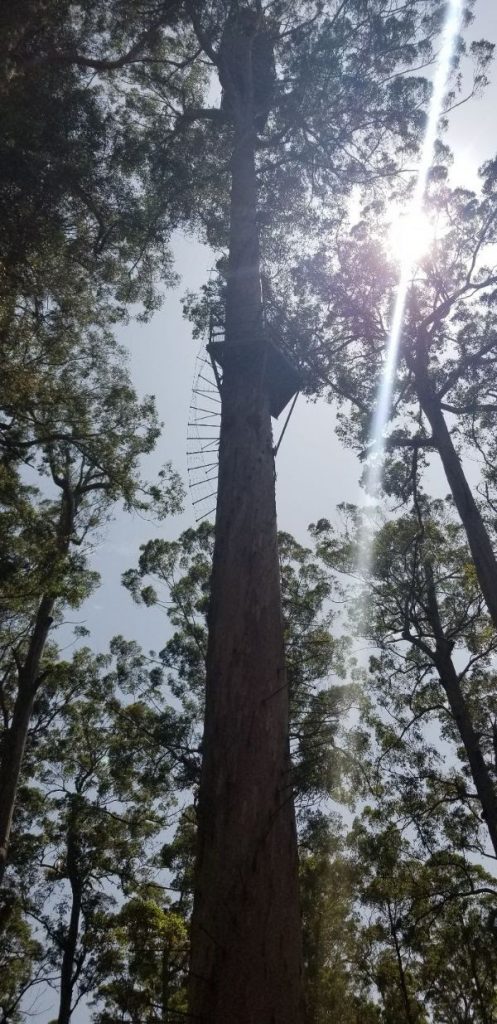
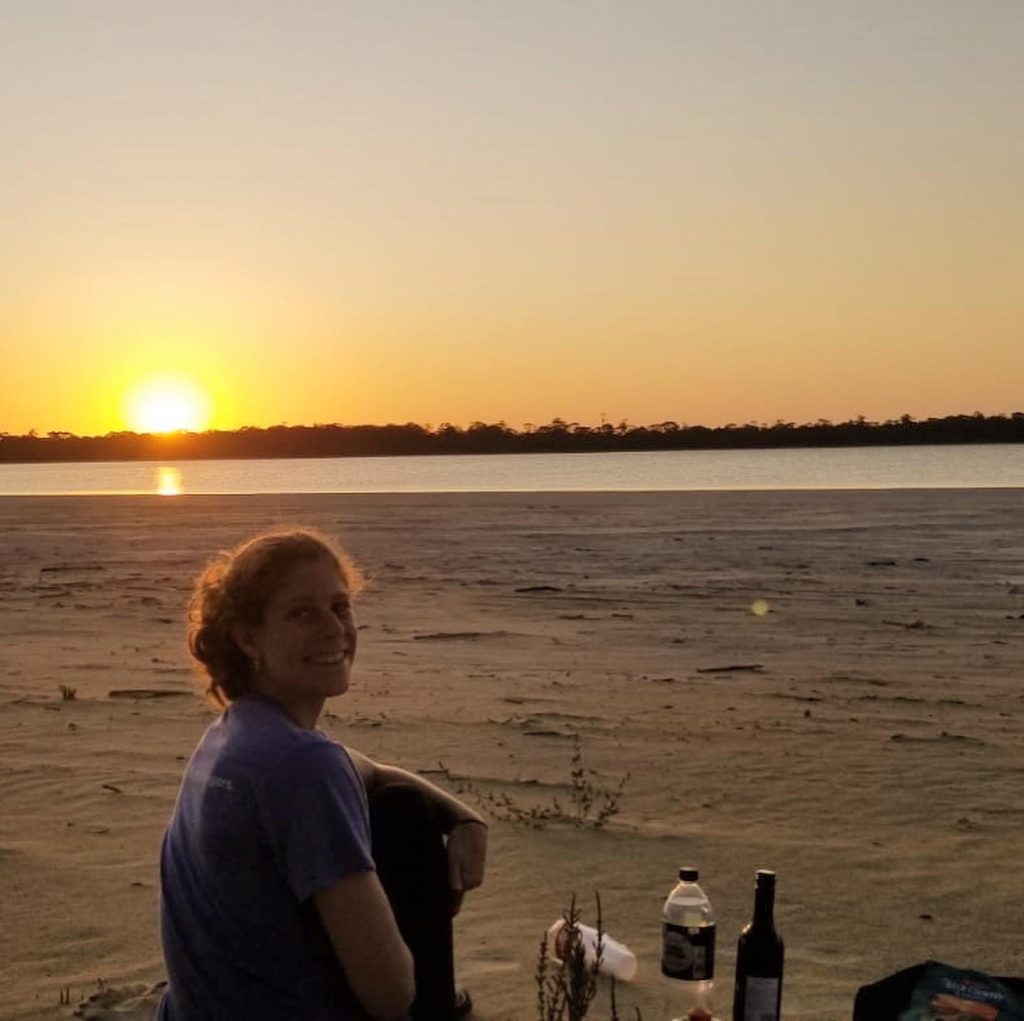
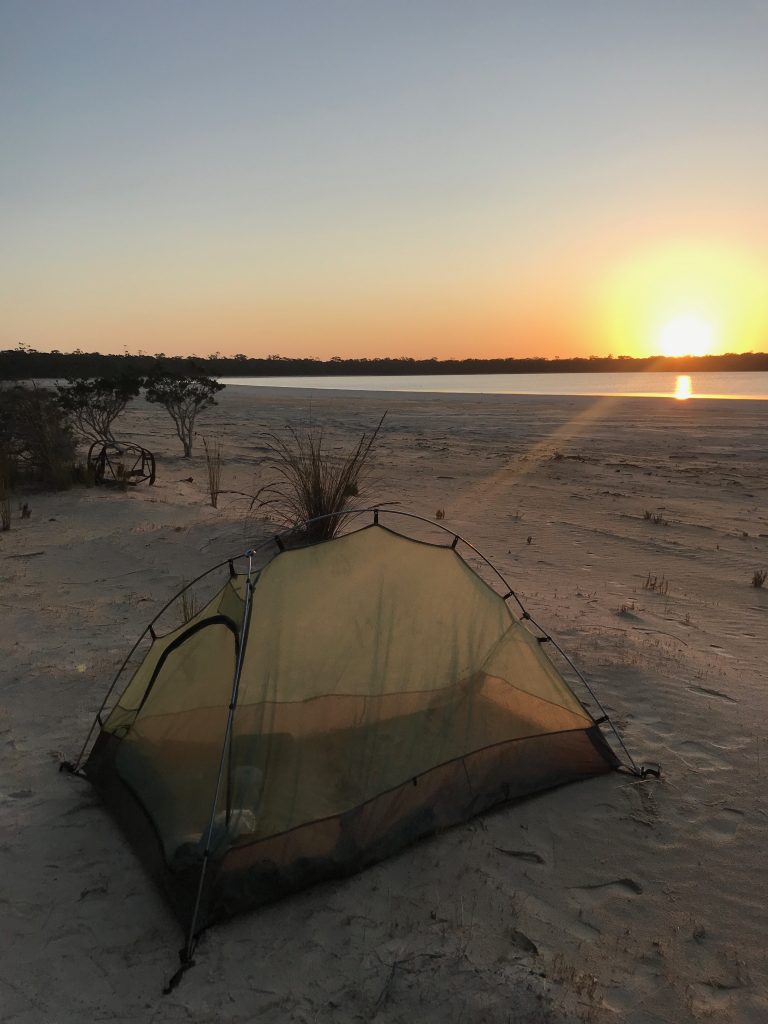
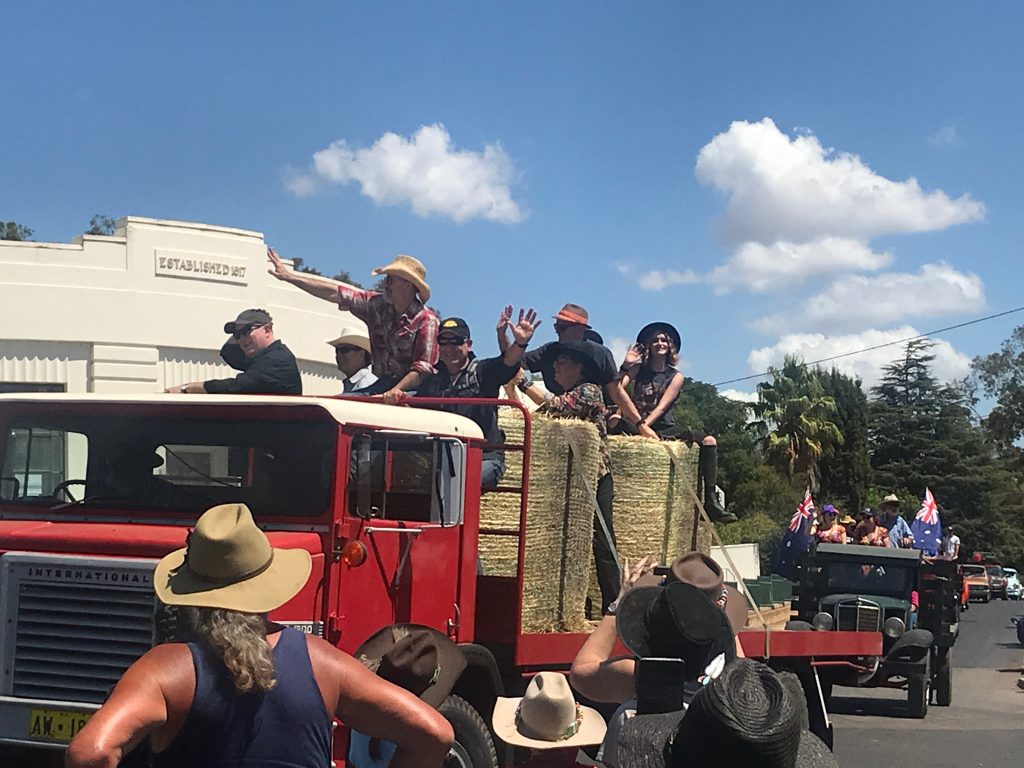

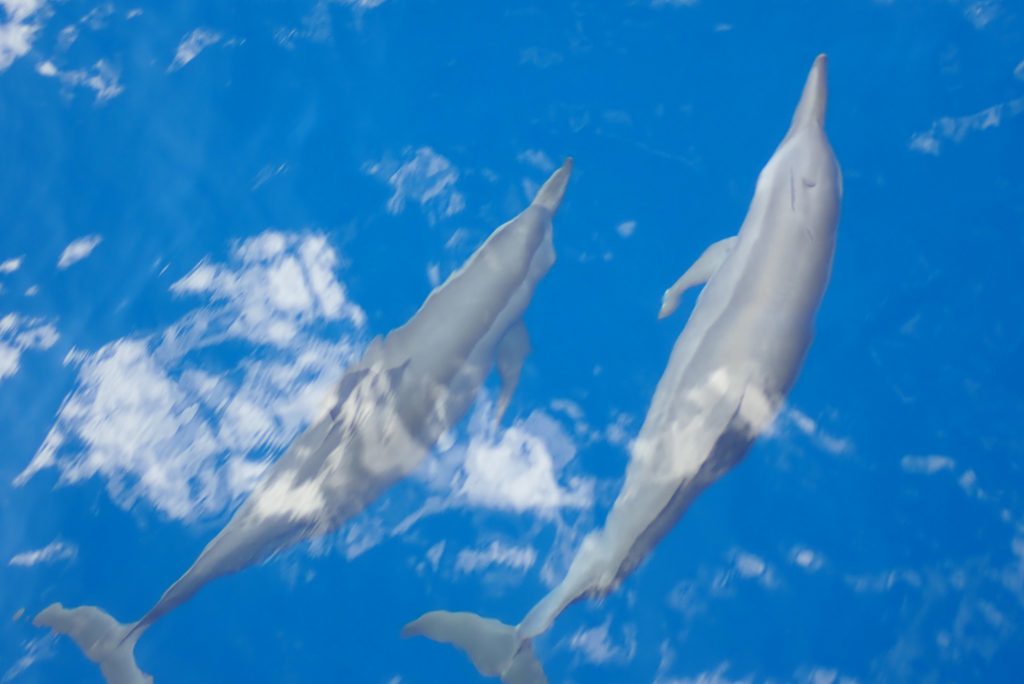
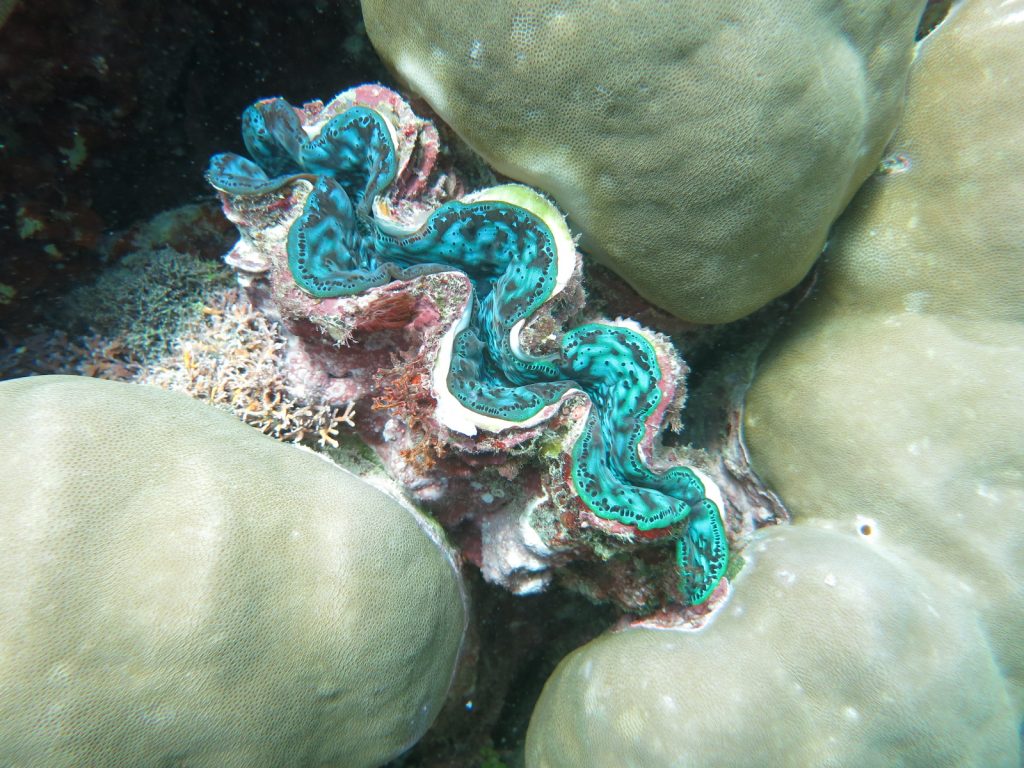
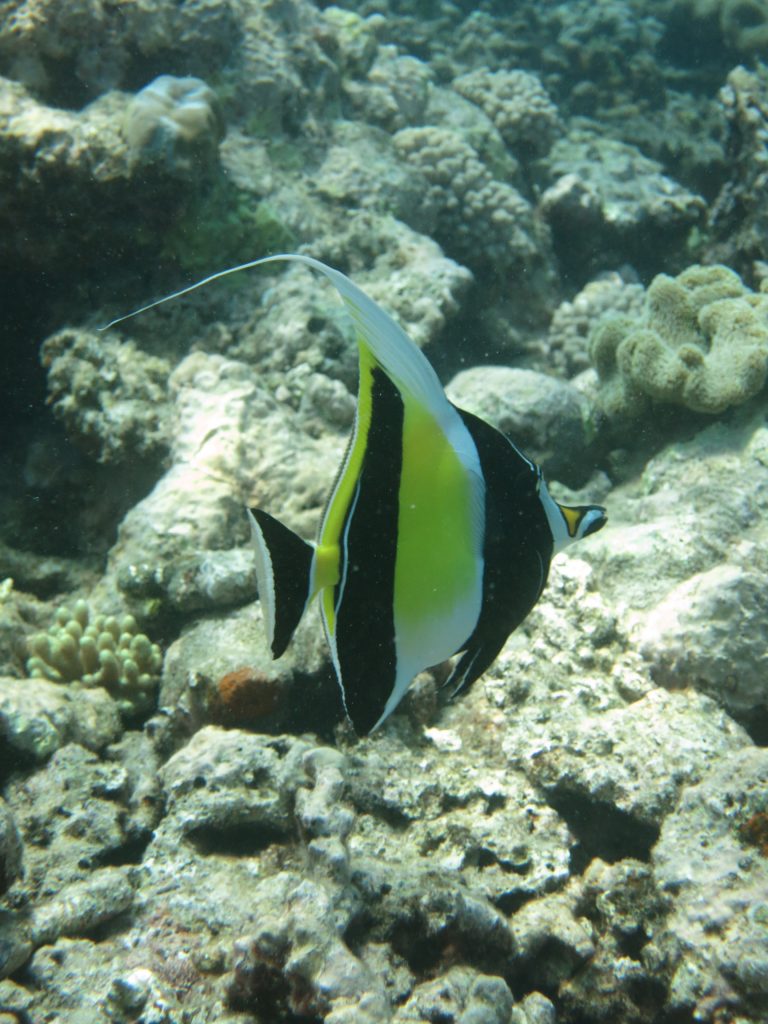

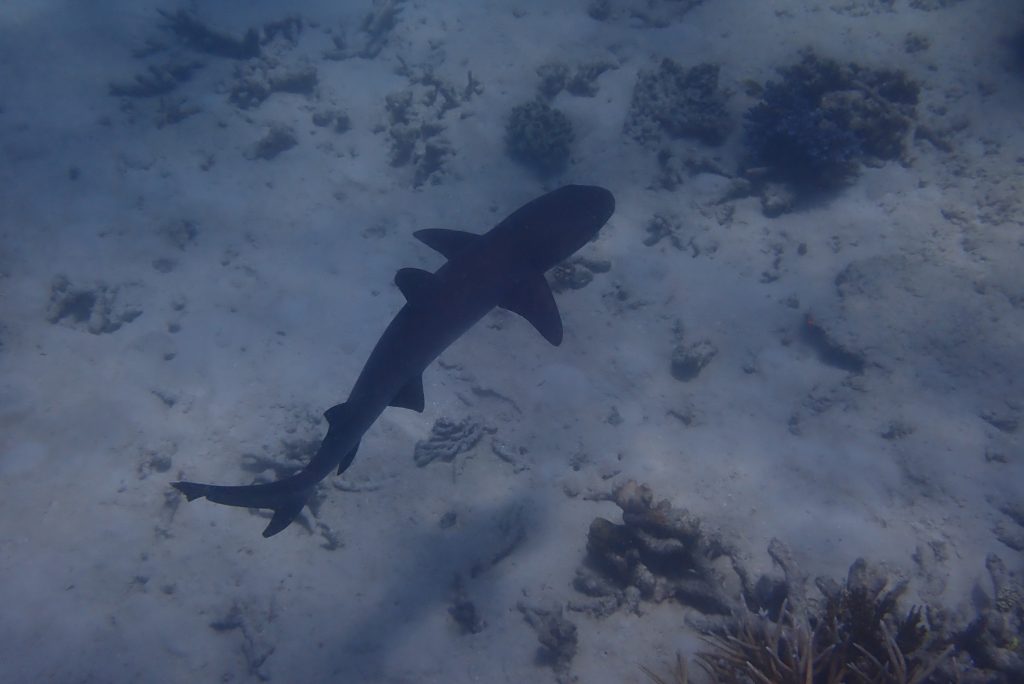
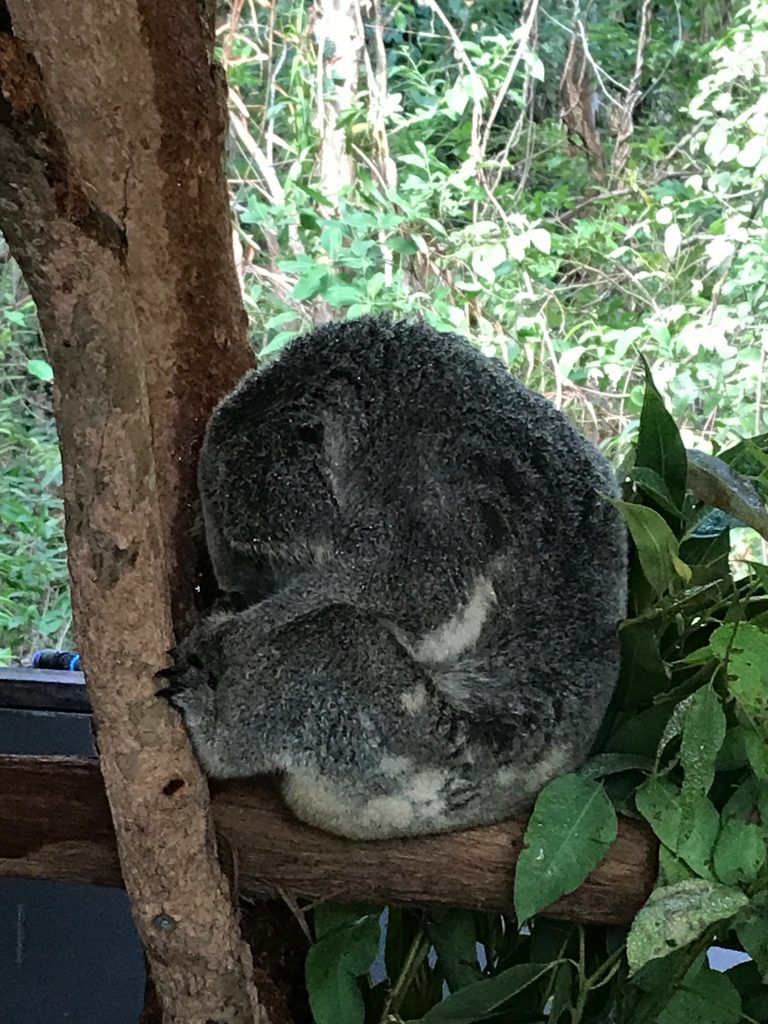
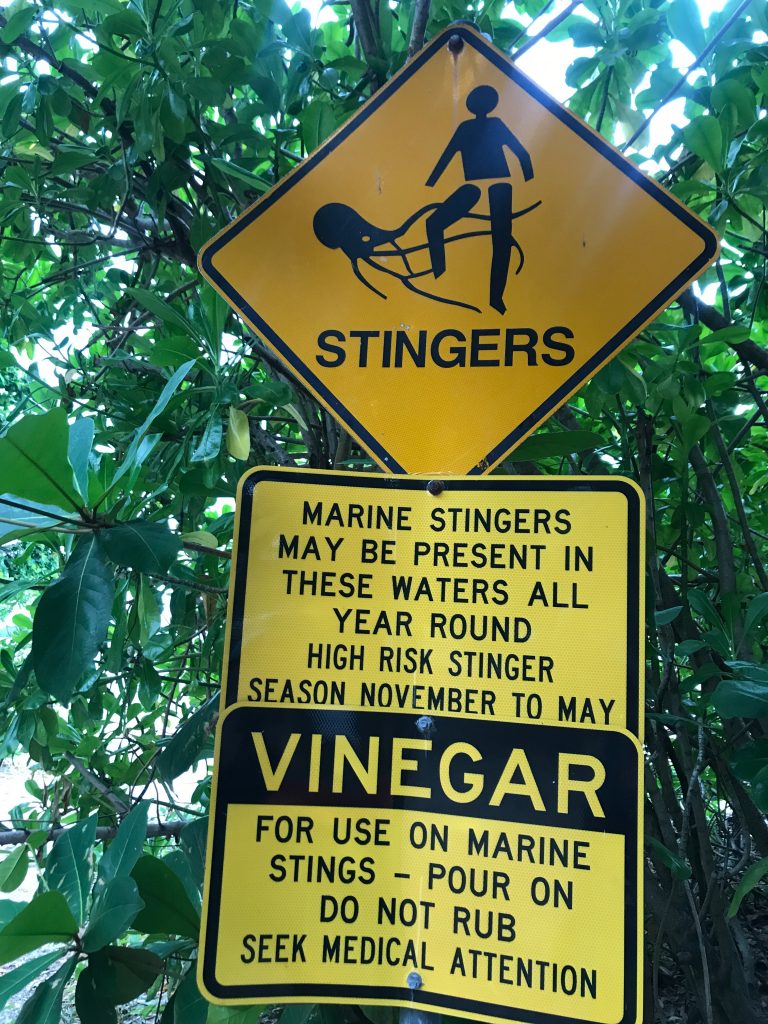
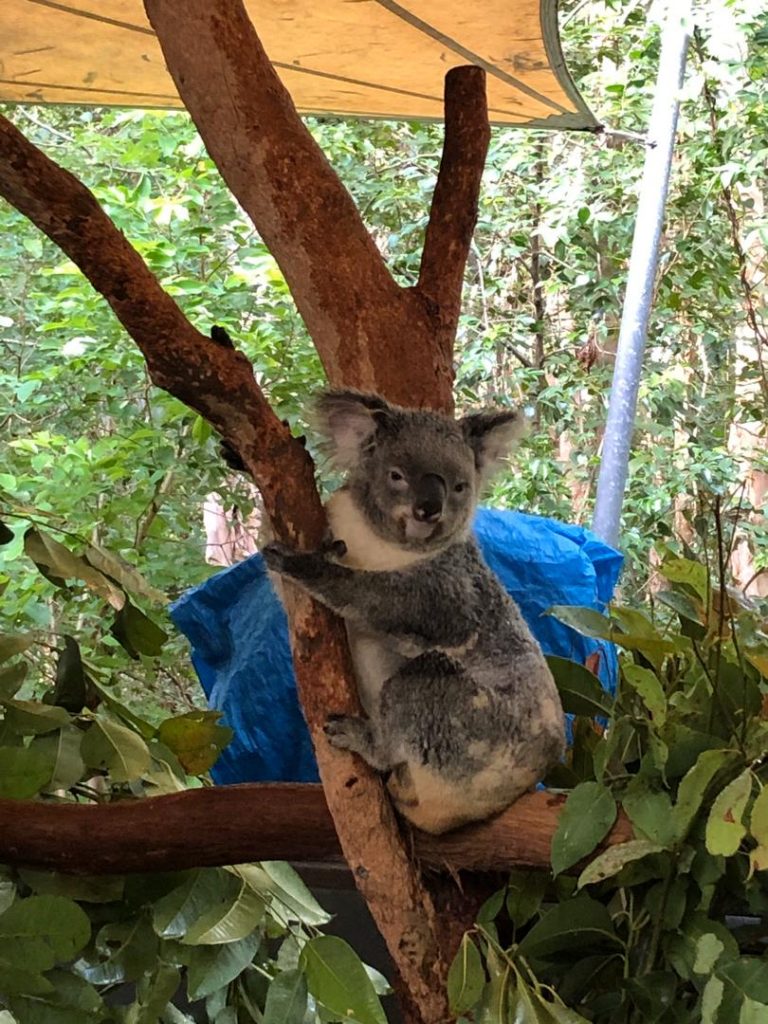
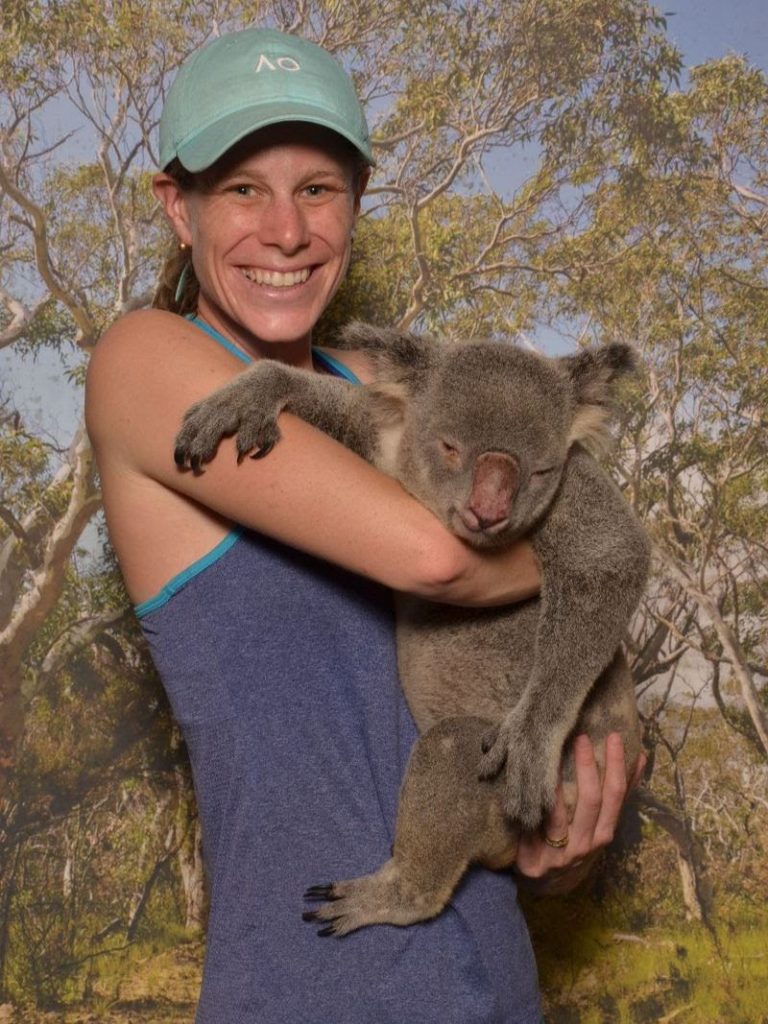
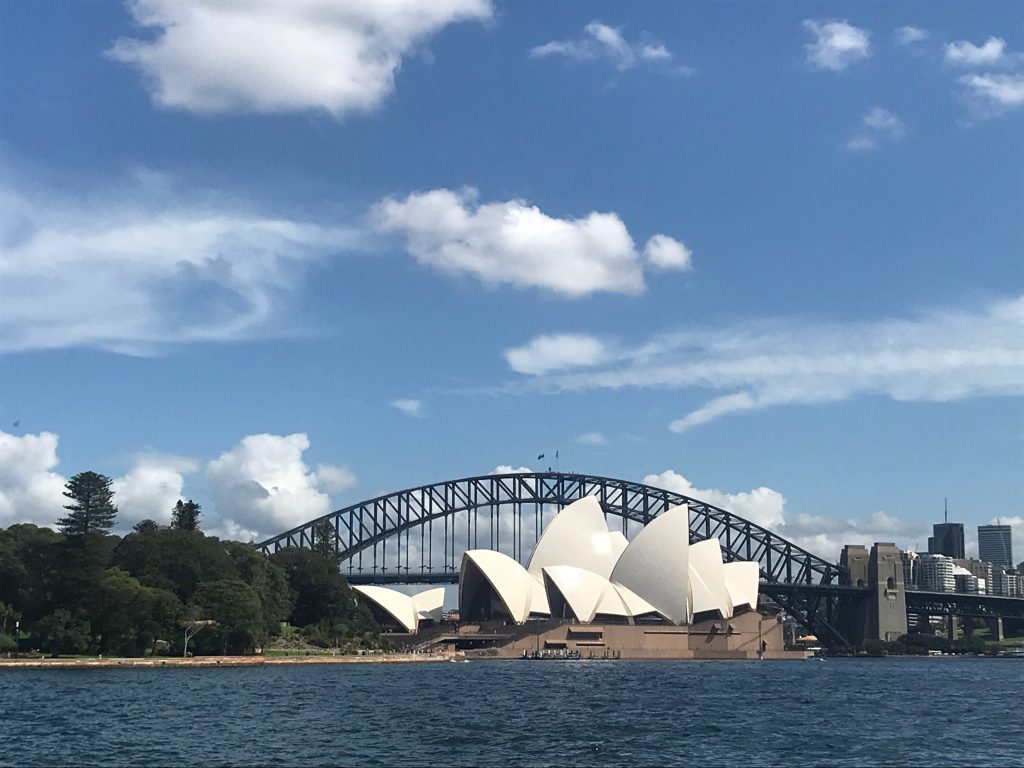
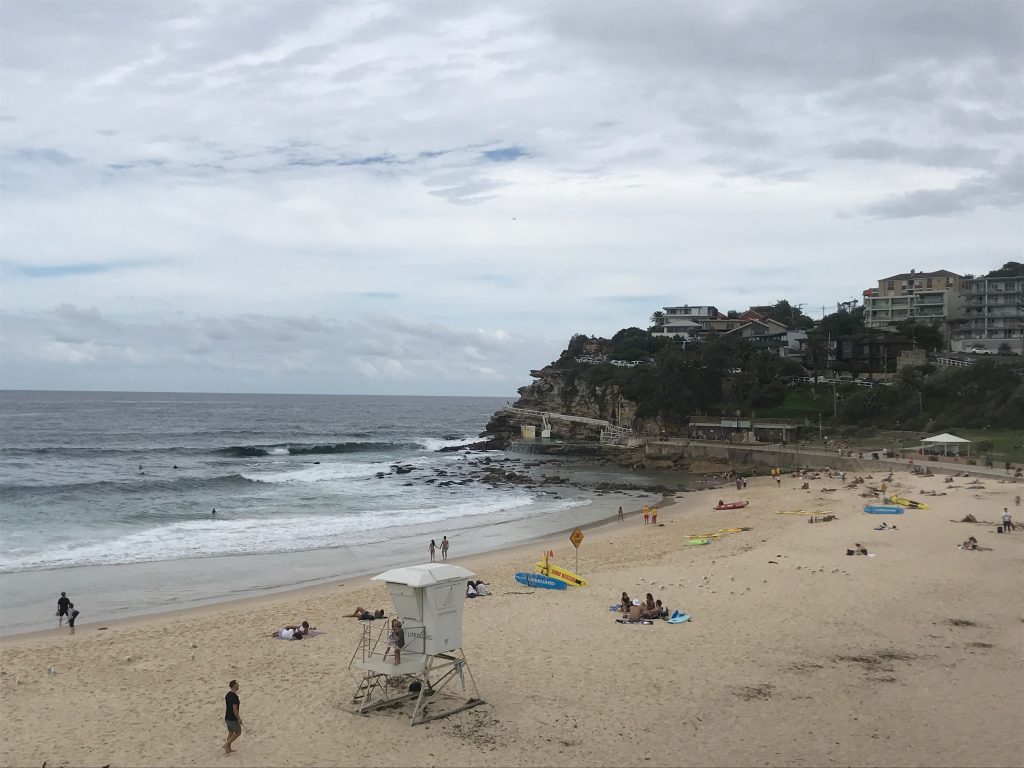
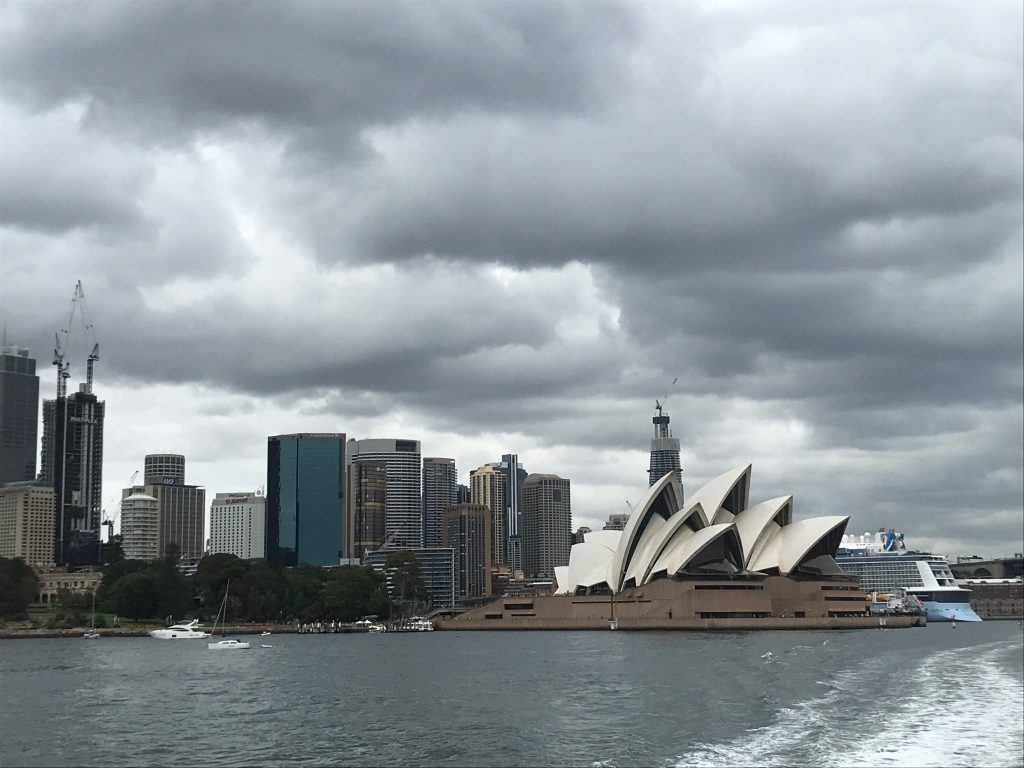
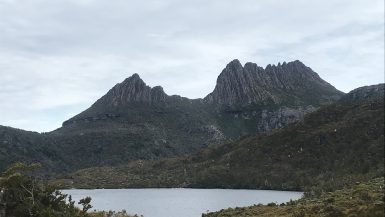
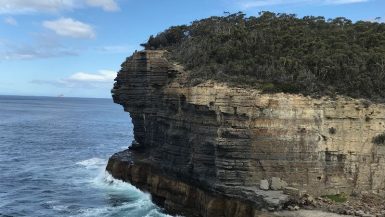
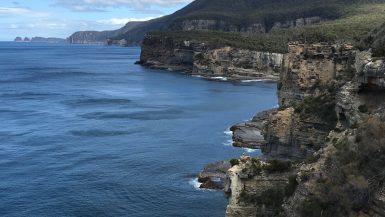
Leave a reply